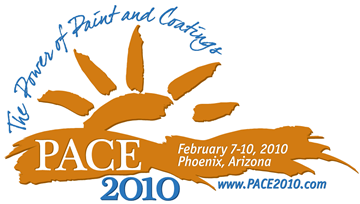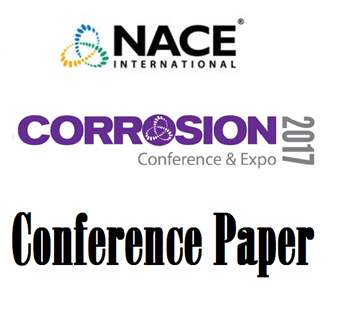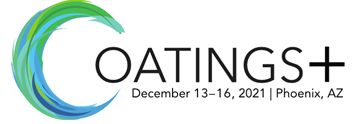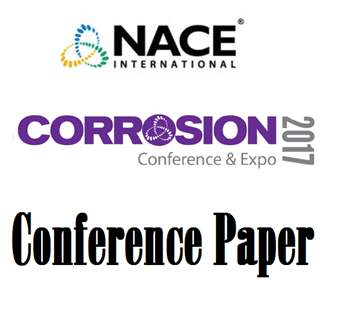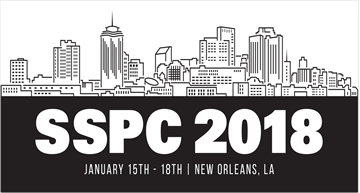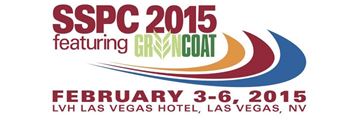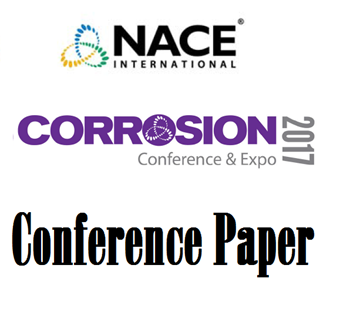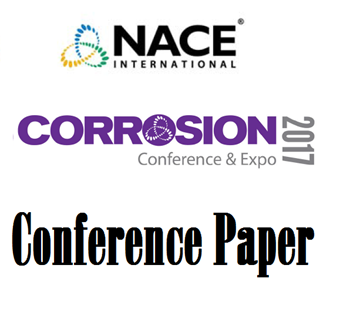Search
Individual Conference Papers
View as
Sort by
Display
per page
Estimating Corrosion Rate Risk Distributions using Machine Learning and Geospatial Analytics
Product Number:
51320-14640-SG
Publication Date:
2020
$20.00
Estimating Corrosion Rates for Underground Pipelines: A Machine Learning Approach
Product Number:
51319-13456-SG
Publication Date:
2019
$20.00
Estimating Decorative Coatings for Architectural Structures
Product Number:
41210-581-SG
Publication Date:
2010
$20.00
Estimating Metal Loss in a Marine Environment for Structural Integrity Analyses
Product Number:
51317--9003-SG
ISBN:
9003 2017 CP
Publication Date:
2017
$20.00
Estimating the Financial Risk Reductions Associated with Cathodic Protection Programs
Product Number:
51320-14546-SG
Publication Date:
2020
$20.00
Evaluate Ammonium Chloride Corrosion Potential with Water Partial Pressure
Product Number:
51317--8960-SG
ISBN:
8960 2017 CP
Publication Date:
2017
$20.00
Evaluating Corrosion under Protective Coatings for Steel in Marine Environments
Product Number:
51218-100-SG
Publication Date:
2018
$20.00
Evaluating AC Corrosion in Shared Corridors with Multiple Circuits
Product Number:
51324-20764-SG
Publication Date:
2024
$40.00
Evaluating Coatings for Immersion Service via Electrochemical Activity
Product Number:
41215-890-SG
Publication Date:
2015
$20.00
Evaluating Corrosion Under Protective Coatings for Steel in Marine Environments
Product Number:
51317--9005-SG
ISBN:
9005 2017 CP
Publication Date:
2017
$20.00
Evaluating Drying Time of Residual Hydrotest Water in Pipeline Crevices and Dead Legs
Product Number:
51317--8958-SG
ISBN:
8958 2017 CP
Publication Date:
2017
$20.00



